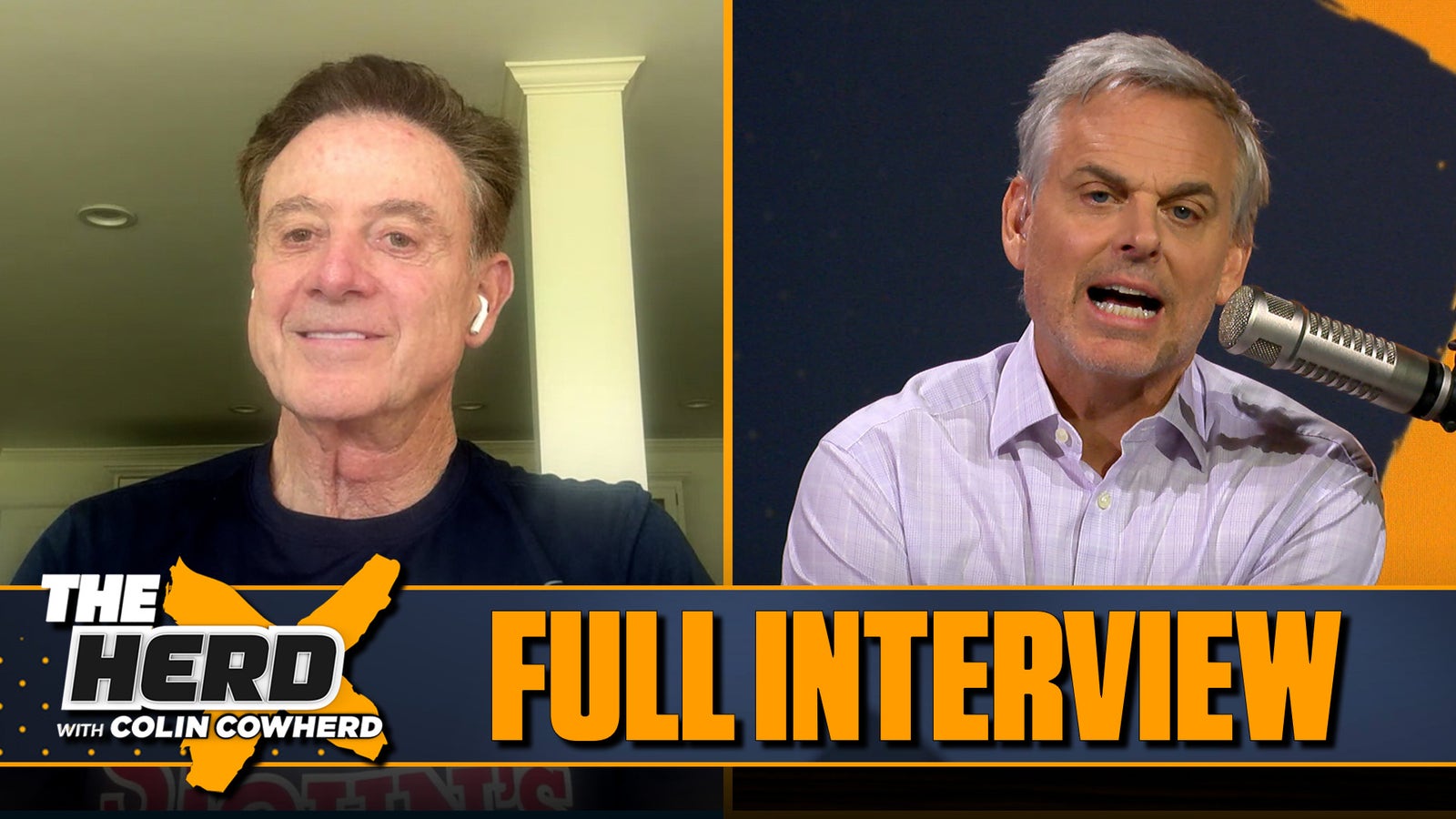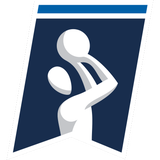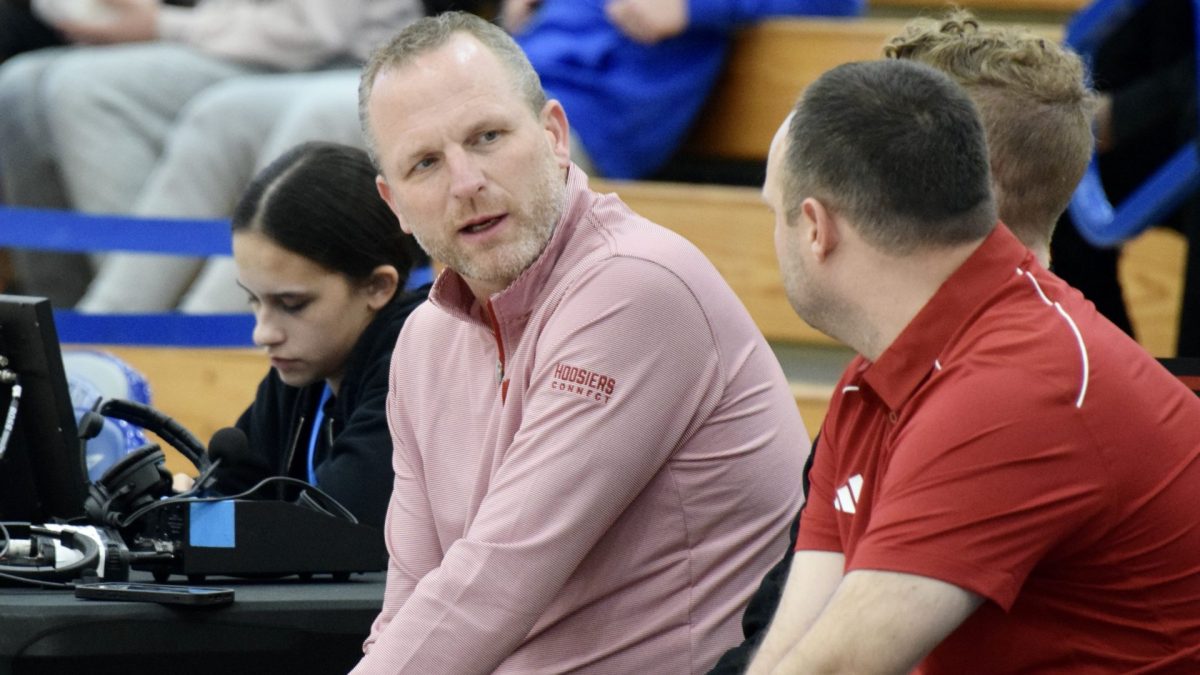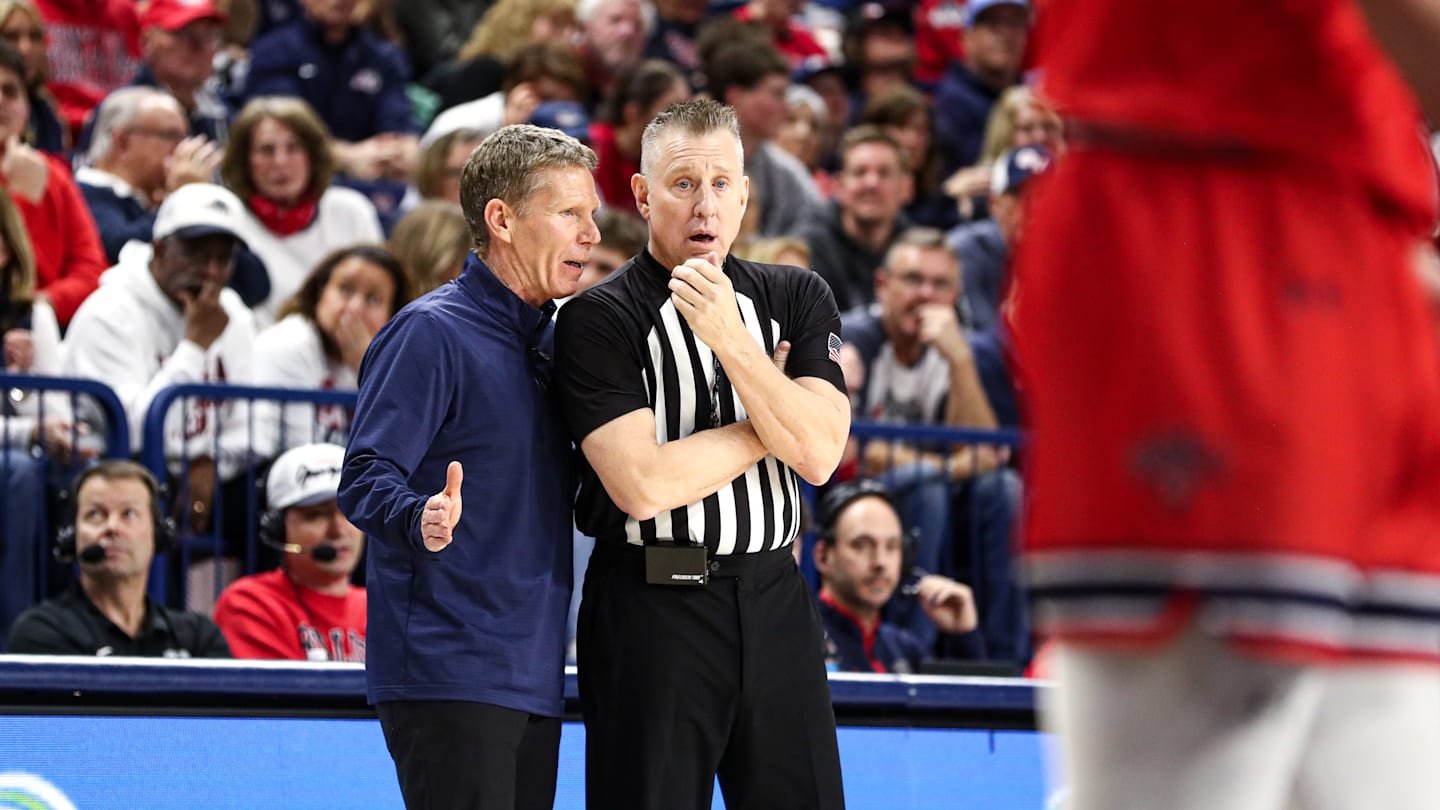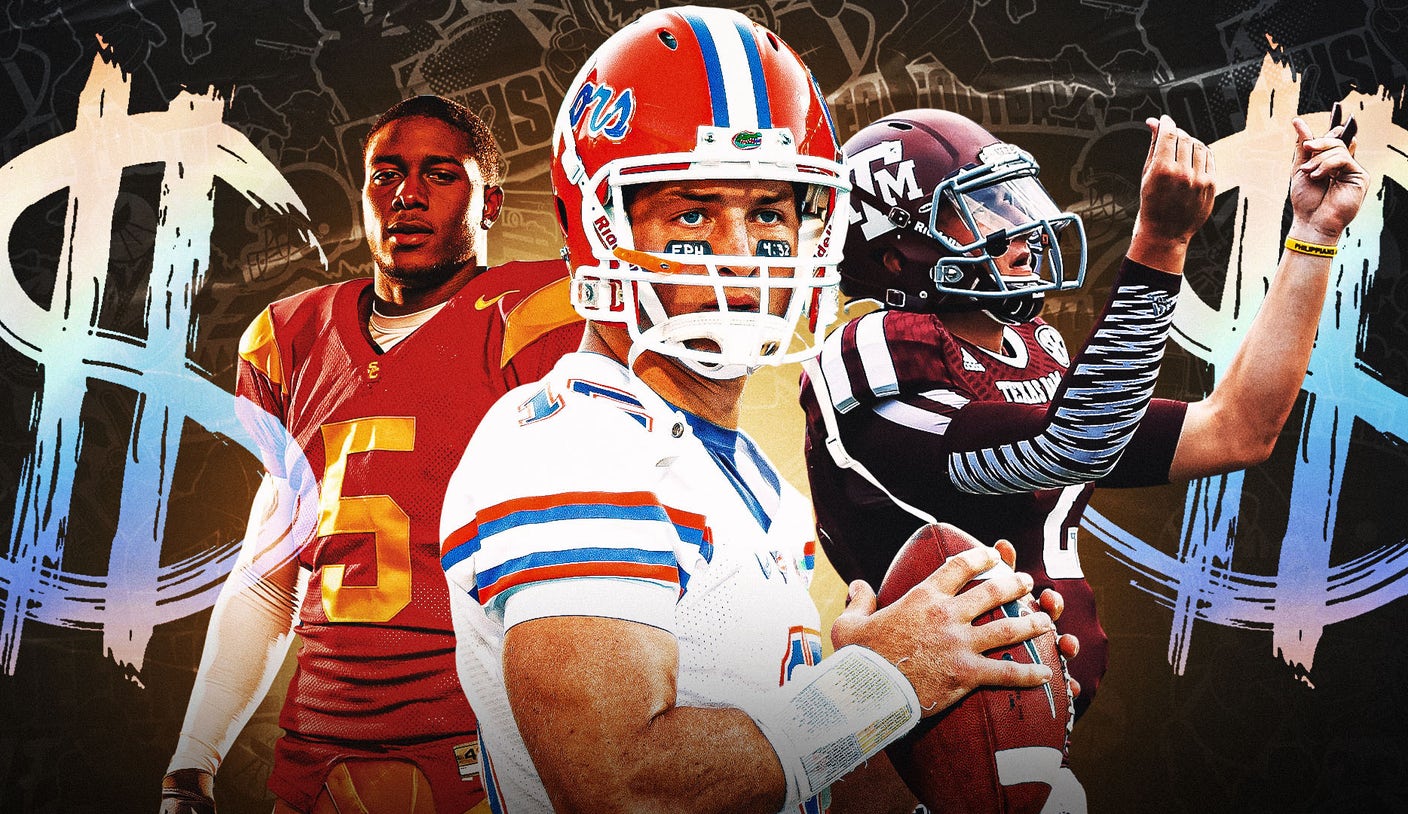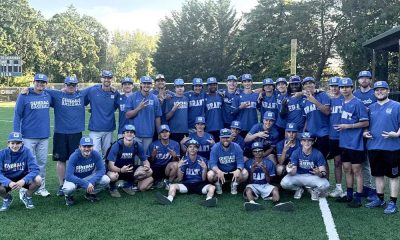College athletics isn’t just changing—it’s being overhauled. With NIL now fully embedded in the ecosystem and the House v. NCAA settlement looming, the old guard of amateurism is long gone. We’re entering a new era—one where revenue sharing, player compensation, and collective bargaining aren’t fringe hypotheticals; they’re the foundation.
For most programs, this kind of disruption feels like a tidal wave. But for a select few, it’s an opportunity.
Nowhere is that more apparent than in the Big 12. The league, freshly abandoned by Texas and Oklahoma, finds itself searching for a flagship. The SEC has a red carpet of blue bloods: Alabama, Georgia, LSU, and now the Longhorns and Sooners. The Big Ten boasts brands like Ohio State, Michigan, and Penn State—programs with institutional clout and generational staying power. But the Big 12? It’s a collection of gritty, often-overlooked contenders fighting to matter on a national scale.
Leadership Over Dollars: Why Intent Drives Texas Tech’s NIL Strategy
What separates Texas Tech isn’t just the money—it’s the intention behind it. NIL isn’t a side hustle in Lubbock—it’s the model.
That foundation starts with The Matador Club, a well-organized, well-funded NIL collective that has operated with clarity from day one. But the muscle behind it is Cody Campbell, the former Tech lineman turned energy mogul who’s become one of the most influential figures in college athletics. His recent invitation to co-chair President Trump’s proposed “Commission on College Sports” wasn’t a surprise for those paying attention—even if the commission never came to fruition. The ask alone spoke volumes. Campbell doesn’t just write checks—he writes the playbook.
It’s why Tech led the nation in NIL-driven spending during the 2025 football transfer portal cycle, outpacing even SEC programs desperate to patch holes. Joey McGuire’s staff didn’t just land names—they landed starters. Difference-makers. Players who picked Lubbock over bigger markets and flashier brands did so because the vision was clear and the compensation was real.
Portal Power: How Texas Tech Built the Top Transfer Class in 2025
While the Red Raiders have long flirted with relevance, what they’ve built under Joey McGuire in the NIL era is something entirely different: sustainable power through the portal. No program in the country—not in the SEC, not in the Big Ten—landed a better 2025 transfer class. Not one.
Texas Tech outspent virtually everyone.
But this wasn’t a desperate arms race. It was targeted, methodical roster construction. McGuire and his staff didn’t just hunt for names—they evaluated need, character, and scheme fit. Then they closed the deals. Not with empty promises, but with structure and financial backing that actually delivers. That approach has brought top-tier talent to Lubbock across every position group, from blue-chip edge rushers to Power Five-tested offensive linemen and skill talent.
The result? A roster deeper and more complete than any Texas Tech has fielded in the modern era. There’s real buzz now—not just inside the facility, but across the league. Because when you combine elite evaluation with NIL muscle, you don’t just reload. You leapfrog.
NiJaree Canady and the NIL Blueprint for Softball Dominance
Softball might be the clearest lens through which to see just how transformative NIL can be when wielded with vision.
When NiJaree Canady entered the transfer portal, she was already the most dominant pitcher in the country—a generational talent with All-American honors, a Pac-12 title, and a reputation for rewriting stat sheets. What she didn’t have yet was a seven-figure NIL deal or a platform willing to build around her.
Texas Tech gave her both.
The Red Raiders didn’t just land Canady—they built a championship program around her. And the results? Historic.
In her first season in Lubbock, Tech tore through the Big 12, winning its first-ever regular-season title and backing it up with the program’s first conference tournament crown. They swept their regional, dominated their super regional, and this week, they’re headed to their first Women’s College World Series Championship Series after knocking off four-time defending national champion Oklahoma—a feat that, until now, bordered on unthinkable.
Canady didn’t just anchor the team; she raised its ceiling. Her presence elevated the expectations, the recruiting, and the national profile of the entire program. She’s the most valuable NIL investment in women’s college sports—not just because of what she costs, but because of what she delivers.
And the best part? She chose Texas Tech over the sport’s traditional powerhouses. Over legacy. Over location. Because in this new era, belief backed by investment wins. And nobody’s doing that better than the Red Raiders.
Basketball Buy-In: How McCasland Turned Tech Into a Big 12 Threat
Success in one sport doesn’t always translate across an athletic department. But in Lubbock, the standard Canady set in the circle has rippled far beyond the softball field.
Just ask Grant McCasland.
Texas Tech men’s basketball is now one of the most well-positioned programs in the country—not because of blue-blood cachet or NBA draft pipelines, but because of the same NIL-first strategy that brought Canady to town. McCasland’s second season was a masterclass in portal construction and program cohesion. He brought in impact transfers—including Big 12 Player of the Year JT Toppin—kept key pieces in the fold, and coached the Red Raiders to their first Elite Eight appearance since 2019.
The blueprint wasn’t complicated: recruit players who fit the culture, pay them what they’re worth, and build something they want to stick around for. In a league where programs like Kansas, Baylor, and Houston are constantly reshuffling their decks, Tech has managed to build—and retain—depth.
That kind of continuity is rare now. But at Texas Tech, it’s becoming the brand.
The Architect: Cody Campbell’s Vision Is Reshaping College Sports
Of course, none of this happens without leadership—and Texas Tech’s advantage there might be its most underrated weapon.
Cody Campbell isn’t just a donor. He’s the architect.
A former Red Raider offensive lineman turned West Texas energy magnate, Campbell has been the driving force behind Texas Tech’s NIL rise since Day 1. He co-founded The Matador Club, established sustainable NIL pipelines across multiple sports, and reimagined what athletic fundraising looks like in Lubbock.
Now, he’s doing it on the national stage.
Last month, Campbell was invited to co-chair a proposed commission on the future of college sports—a move that, despite the commission not launching, underscored his growing influence. That’s not a footnote. That’s a headline. And it speaks volumes about where Texas Tech now sits in the national conversation.
Campbell will help shape federal NIL legislation, compliance frameworks, and revenue-sharing models for the next generation of athletes. And you can bet his vision—athlete-first, donor-driven, and unapologetically aggressive—will reflect the same blueprint he’s already put to work in Lubbock.
Simply put: while other programs are bracing for change, Texas Tech is writing the change.
This is what the future of college athletics looks like—and Texas Tech isn’t just keeping up, it’s setting the pace.
In a Big 12 without its traditional anchors, someone has to lead. The league doesn’t have a built-in blue blood—no Ohio State or Alabama to lean on. What it has is a vacuum. And in this new age of NIL, the schools best positioned to fill that vacuum aren’t the ones with the prettiest history books. They’re the ones with alignment, infrastructure, and ambition.
That’s Texas Tech.
From softball dominance to basketball retention to football roster reconstruction, the Red Raiders have shown they’re willing to invest at a level few can match. And with Cody Campbell shaping the very policies that will define the next decade of college sports, Tech isn’t just ahead of the curve—they are the curve.
